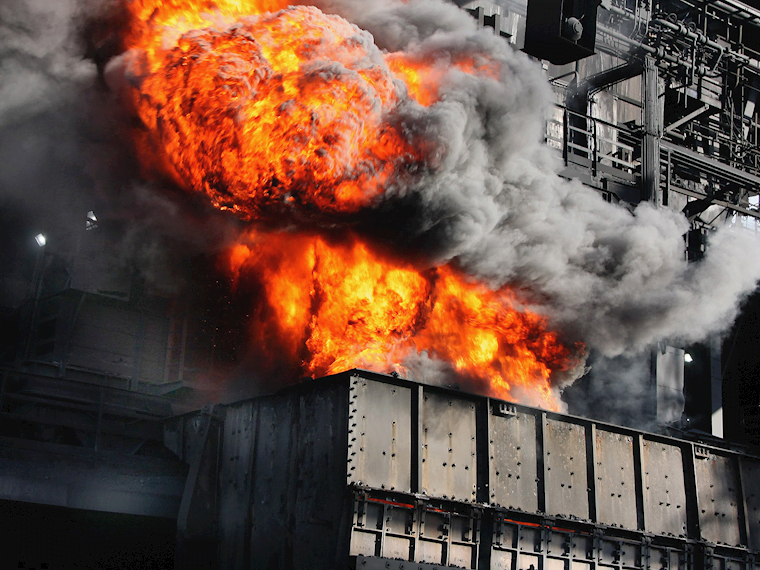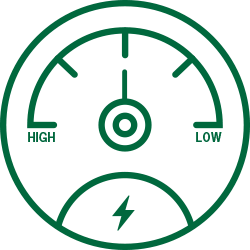Thermal cutting of metals
Laser cutting, plasma cutting and oxy-fuel cutting are different machining processes used in the metal producing and metalworking industries, using energy in various forms to cut virtually any shape from iron and nonferrous materials out of sheets or large slabs. During the processes, the materials heat up, melt and cause harmful emissions. If not controlled properly, this airborne dust and fumes pose health risks for operators and cause damage to machinery.
A wide range of health risks have been associated with dust and fumes from thermal cutting processes. The nature and severity of the hazard will vary with the type of material and the cutting method.
To understand why a high level of filtration efficiency is so critical, it is necessary to review some of the health risks associated with thermal cutting emissions. Whether you are working with mild steel, stainless steel, aluminium, galvanised or another material, the chemical composition is a good starting point for identifying health risks. Most local health and safety authorities have established Permissible Exposure Limits (PELs) based on 8-hour Time Weighted Average (TWA) for hundreds of dusts.


Dust collectors consume energy the whole time they are running. The largest portion of the electrical load goes to the fan motor that moves the air through the system. Also a lot of energy is used to heat or cool the fresh air that replaces the extracted process air.
The good news is that there are ways to reduce these costs, using less electricity, using less compressed air and using fewer filter cartridges.

The fan motor is the dust collection system component that consumes the most electricity. This consumption is directly proportional to the volume of air the motor is moving through the system. Dust collectors are variable systems. Their resistance to airflow (pressure drop) changes over time, according to the dust loaded on the filter cartridges. So fan efficiency is an important factor and by selecting a high-efficiency fan and using a variable speed drive, energy consumption can be reduced.
Producing compressed air is extremely expensive, so pulse cleaning has always been one of the highest operating costs associated with dust collection. Today’s most advanced dust collectors can reduce compressed air consumption by as much as 50% versus less advanced system designs. They use less compressed air because they are able to pulse-clean far less often. When properly designed, the cleaning system will remove the built-up material from the filter cartridges, reduce the pressure drop across them, reduce the fan energy consumption, and in turn, reduce associated energy costs.
Energy to heat or cool the extracted air can be a significant part of the total energy consumption that is often overlooked. To reduce this, there are two ways, recirculation or heat recovery. Both of these require the air to be very clean. For recirculation it is crucial to remove harmful substances from being recirculated to the workplace. This is achieved by using a second filter stage with HEPA grade filters.